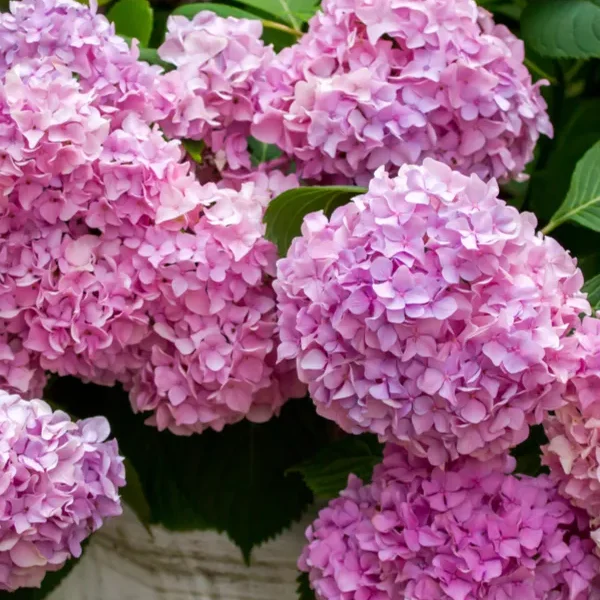Hydrangeas are prized for their beautiful and vibrant blooms, but achieving a stunning display requires some care and attention. If you’ve been wondering how to make your hydrangeas bloom better than ever, you’re in the right place. In this guide, we’ll explore essential tips and tricks to ensure your hydrangeas flourish and produce an abundance of eye-catching flowers.
- Choose the Right Variety: Selecting the appropriate hydrangea variety for your location is crucial for successful blooming. Different types of hydrangeas thrive in various climates and soil conditions. Common varieties include mophead hydrangeas, lacecap hydrangeas, and panicle hydrangeas. Research the specific needs of your chosen hydrangea to provide the ideal environment for optimal growth.
- Sunlight and Shade: Hydrangeas have diverse preferences when it comes to sunlight. While some varieties thrive in full sun, others prefer partial shade. Understanding your hydrangea’s sunlight requirements is essential for encouraging robust blooming. Generally, most hydrangeas benefit from morning sun and afternoon shade to prevent scorching in hot climates.
- Soil pH Matters: The pH level of your soil significantly influences the color of hydrangea blooms. Acidic soil promotes blue hues, while alkaline soil results in pink or purple blooms. Test your soil’s pH and adjust it accordingly to achieve the desired color. Adding aluminum sulfate for blue flowers or lime for pink flowers can help modify the soil pH.
- Adequate Watering: Hydrangeas have moderate water needs, and maintaining consistent moisture is key to encouraging prolific blooming. Water deeply, especially during dry spells, and ensure proper drainage to prevent waterlogged roots. Mulching around the base of the plant helps retain moisture and regulates soil temperature.
- Pruning Techniques: Pruning hydrangeas at the right time and in the correct manner is crucial for abundant blooms. Understand the blooming characteristics of your hydrangea variety, as some bloom on old wood while others bloom on new wood. Generally, prune after the plant has finished flowering, removing dead or weak stems to encourage new growth.
- Fertilize Wisely: Applying the right fertilizer at the appropriate times can significantly enhance blooming. Use a balanced fertilizer in spring to promote overall plant health and encourage flower production. Avoid excessive use of high-nitrogen fertilizers, as they may stimulate excessive foliage growth at the expense of blooms.
Conclusion: With a bit of knowledge and care, you can transform your hydrangeas into a stunning display of color and beauty. By selecting the right variety, providing the ideal growing conditions, and following proper care practices, you’ll enjoy hydrangeas that bloom better than ever. Experiment with these tips, and watch as your garden becomes a showcase for these exquisite flowering shrubs.
